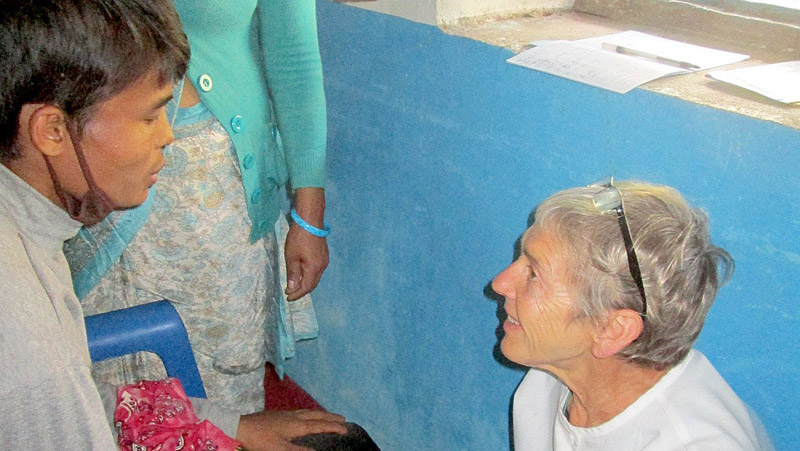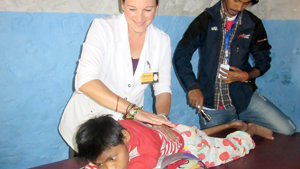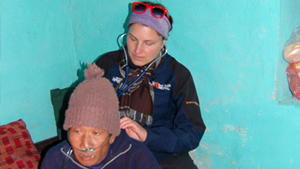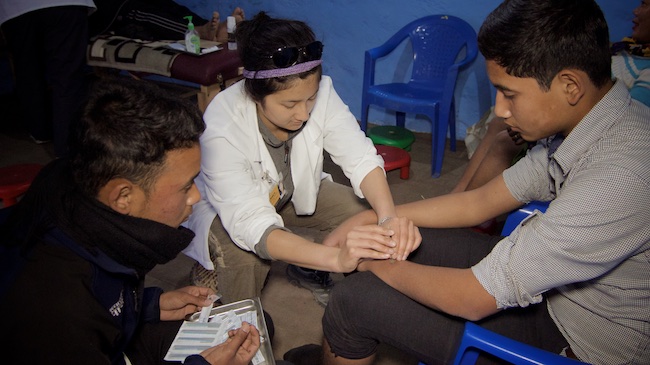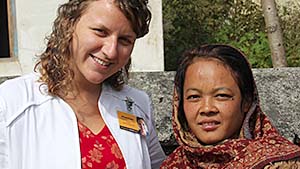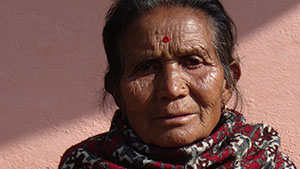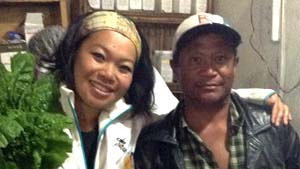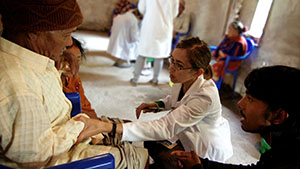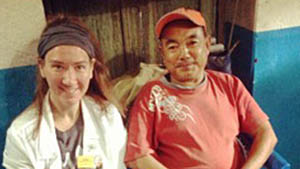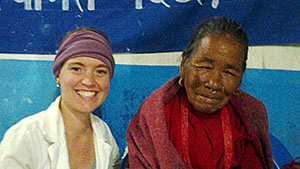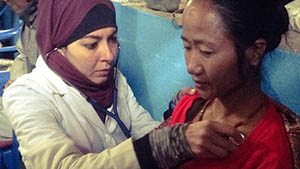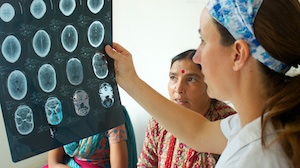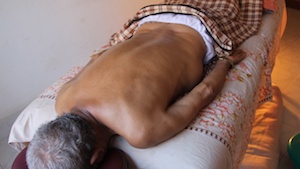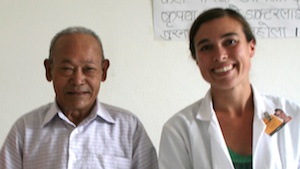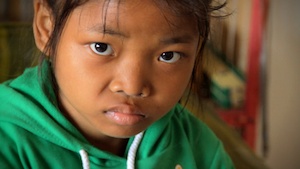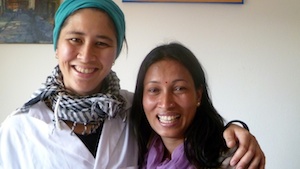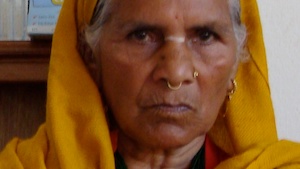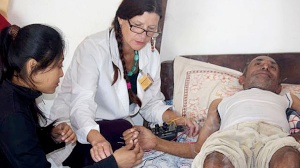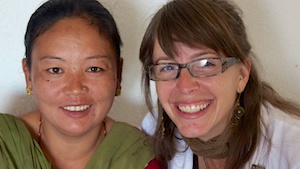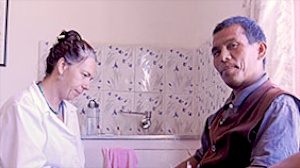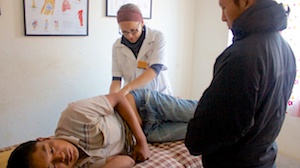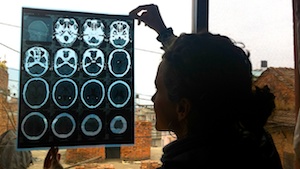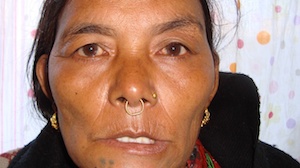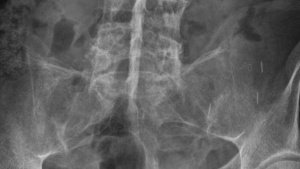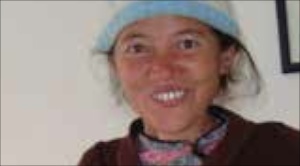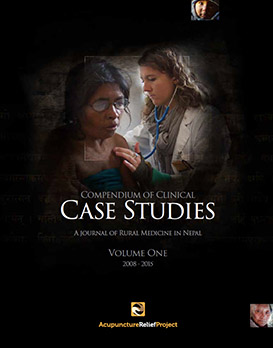Tara Gregory MAcOM LAc
Decmeber 2012
OVERVIEW
 62-year-old male was diagnosed with Parkinson’s disease 8 years ago and has been receiving treatment in this clinic since 2009. This case explores the positive role that Chinese medicine can play in providing palliative care to patients living with a chronic degenerative disease.
62-year-old male was diagnosed with Parkinson’s disease 8 years ago and has been receiving treatment in this clinic since 2009. This case explores the positive role that Chinese medicine can play in providing palliative care to patients living with a chronic degenerative disease.
Subjective
62-year-old male presents with a burning sensation in the body and bilateral trembling of the legs and arms. The burning sensation is felt in the head, knees and soles of the feet. It begins when he wakes in the morning, increases in severity during the day and subsides when he goes to bed. Patient reports that during flare-ups, his trembling and other symptoms decrease.
He experiences bilateral trembling of the legs and arms and trembling of the mouth and tongue. Symptoms began 8 years ago with trembling in the 5th finger on the right hand. It progressed up the arm and eventually lead to bilateral trembling of the arms and legs. Patient’s family reports a lack of tremors during sleep, which resume upon waking. He notices a feeling of stiffness in the whole body, especially pronounced while walking. Patient expresses difficulty in remembering words and completing sentences, and that other people have difficulty hearing him when he speaks. Symptoms get worse with stress, sadness, fatigue, hunger and goat meat.
Associated symptoms include: day and night sweats, vertex headache, positional dizziness, vertigo, excessive salivation, constipation, thirst, pain and hesitancy with urination, mouth sores and difficulty with sleep. Patient expresses an understanding of the chronic nature of his condition and is sometimes overcome by sadness, worry and fear.
Objective
The patient presents with visible bilateral trembling of the arms and legs, and trembling of the mouth. Trembling is more severe in the patient’s arms in comparison to his legs. His voice is noticeably diminished in both strength and volume, demonstrating signs of hypophonia. Patient exhibits bradykinesia of the upper and lower limbs while walking, a slightly unsteady gait and rigidity in movement.
Patient’s tongue is purple with horizontal central cracks and a greasy yellow coat. His pulse is slightly rapid and wiry
Assessment
DX: Parkinson’s disease
The patient presents with the 4 cardinal signs of Parkinson’s disease: resting tremors, rigidity, bradykinesia and postural instability. Associated autonomic dysfunction is also present as seen in the patient’s propensity to suffer from constipation and urinary difficulties. Laryngeal dysfunction and dysphasia, commonly seen in Parkinson’s patients, are observed with softness of voice, vocal tremors and excessive salivation. Relief from symptoms with the use of Levodopa is often used as confirmation of a Parkinson’s diagnosis, and the patient has experienced relief with this medication.
TCM DX: LR and KD yin deficiency leading to fire and internal wind
Prognosis
The prognosis for this patient must bear in mind the chronic and degenerative nature of his disease. The goal of treatment is to provide palliative care to help relieve the symptoms of the disease and the side effects of his medication. Treatment is also aimed at prolonging the effectivenes of his medication and to slow the progression of his disease. Additionally, the goal of treatment is to help the patient psychologically cope with his condition, and will at some point transition into providing a form of hospice care. Given these conditions, there is a good prognosis as Chinese medicine is effective at meeting these goals
Plan
Treat 3 times per week to help moderate symptoms and slow the progression of the disease. Focus on reducing the burning sensation in the body by clearing heat and nourishing KD and LR yin. Internally, use the formula Zhi Bai Di Huang Wan in a dosage of 8 pills TID. Acupuncture point selection includes KD2, KD6, LU7, SP6, LI11, LR2, GB20 and Jiao’s scalp tremor line.
As treatments progress and the burning sensation disappears, expand treatments to focus more on settling wind and helping with speech. The patient is switched to the formula Tian Ma Gou Teng Yin in a dosage of 8-12 pills TID. Acupuncture points are expanded to include TW5, DU15, DU16, CV24 and Jiao’s scalp speech zone.
Treatments can last indefinitely so long as the patient continues to experience positive symptomatic relief. Reevaluate every 12 visits to assess progression of his condition.
Outcome
After 3 treatments, the patient reported a 2/3 reduction in the burning sensation in the head and a complete absence of burning sensation in the knees and soles of the feet. He also exhibited a visible reduction in bilateral trembling during and after treatment. The patient reported that the effects of treatment last for about 2 hours, and extend the effectiveness of his medication. His demeanor and affect became visibly lightened after treatment
Conclusion
The difficulty of and question brought up by this case is understanding the role that Chinese medicine can play for patients suffering from chronic progressive diseases. This case demonstrates that the use of acupuncture and herbs can provide palliative care and help to increase the quality of life for patients by mitigating the symptoms associate with Parkinson’s disease.
Additional questions arise due to the nature of side effects caused by Levodopa, which can help to control trembling associated with Parkinson’s, but also causes trembling and other symptoms normally experienced by Parkinson’s patients. It is difficult to assess how much the treatments address the symptoms associated with Parkinson’s diseases versus the side effects of the patient’s medications.
Ultimately, the effects of treatment are beneficial, as they provide symptomatic relief for the patient, and may help keep the patient on the lowest dose of medication possible for the longest period of time. Furthermore, the effect of acupuncture and tri-weekly treatments to help patients cope psychologically with the reality of their condition, cannot be understated, as many patients with Parkinson’s disease are susceptible to depression. The patient expresses that while he has an understanding of the progressive nature of his condition, coming in for treatment not only provides him with relief from physical symptoms, but also provides him with a sense of hope.












